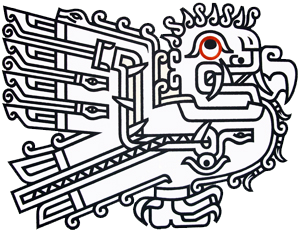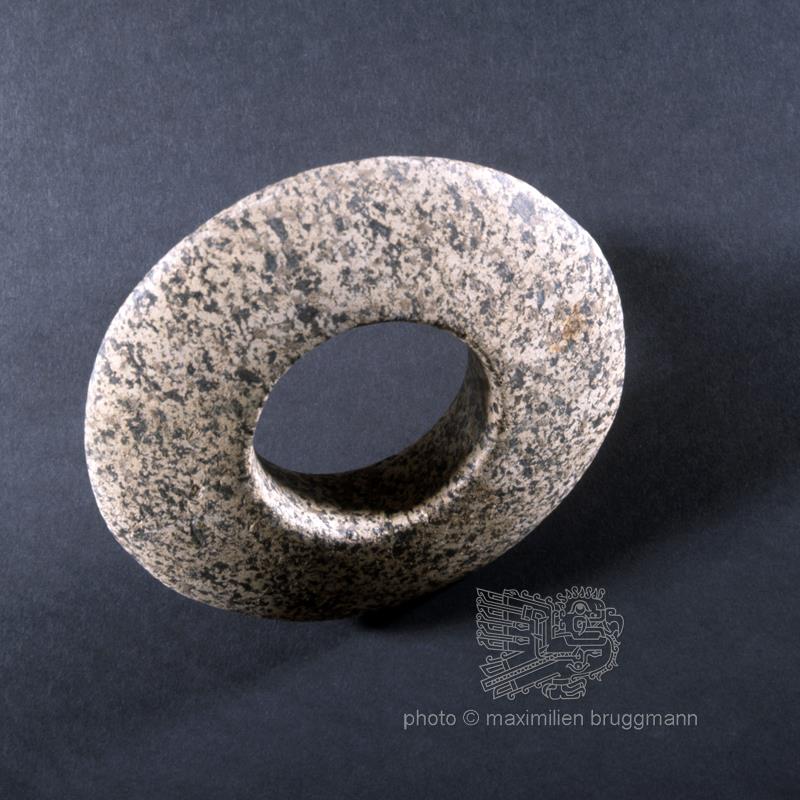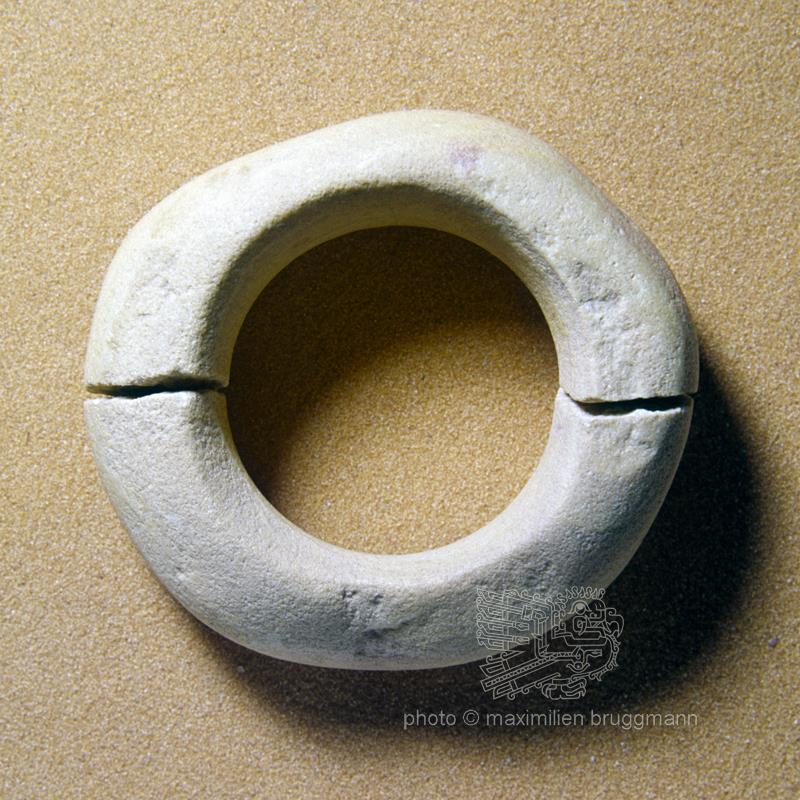The Neolithic people are our direct predecessors, and their appearance is noticeable through a true industrial revolution. It is no exaggeration to say that we are their heirs in the technical field, for they brought us agriculture, animal husbandry, the village, pottery, weaving, stoneworking, etc. In the latter they achieved a mastery that the specialists of the stone tools have never achieved. In the latter they have achieved a mastery that astonishes the specialists in stone tools. The majority of small tools continue to be based on fine blades made of a wide variety of minerals, which a skilful retouching brings into the desired shape. For this purpose, one prepares the selected lump of stone by making a platform against which one subsequently directs the blows that release the blades. Instead of a hammer, one uses a stick of hardwood or a piece of a long and strong bone. Some skilful retouching around the edges and on the surface of the object gives it the desired shape. One can almost say that the whole Sahara is covered with this beautiful tool, for which petrified wood is just as suitable as flint, hematite or jasper. In addition to the blades and lamellae from which knives, needles, scrapers, drills and hundreds of other tools were made, there were also polished stone utensils, and the Sahara as a whole was rich in stone polishing masters. There are not only stone rings, which were bracelets - provided the light range allows the arm to pass through them -, club heads or weight stones of burial sticks, but also pots, hoes, chisels and arrowheads, whose fine polish still amazes us today (IFAN Collection, Dakar, Senegal) – 1969






